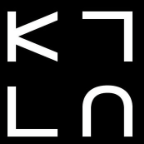Detailed introduction of University of Arts and Industrial Design Linz:
Introduction
The University of Arts and Industrial Design Linz is a public higher education institution in Austria that focuses on the fields of art and industrial design. It is famous for its outstanding characteristics in the liberalization of art research, art fashion cognition, contemporary art creation cognition, and artistic and applied design positioning.
Overview
Student size: In the 2002-2003 academic year, there were more than 700 students, including 71 graduate students. Currently, the number of students is about 800. The relatively small number of students can fully take care of the individual development of each student.
Course settings: There are undergraduate, master and doctoral degree courses. Undergraduate courses include print design and video, ceramics, fashion, space and design strategy, textiles/art and design, media, architecture, industrial design, etc.; postgraduate courses include plastic arts, print design and video, international culture, ceramics, space and design strategy, textiles/art and design, media, architecture, industrial design, media culture and art theory, etc.
History and establishment time
The history of the school can be traced back to the Linz Art School ("kunstschule") established in 1947.
In 1973, the school was officially established as a higher education institution and renamed the Linz Academy of Art and Industrial Design.
In 1998, the school was upgraded to a full university.
School strength
Faculty: 23 professors and 9 visiting professors, a total of 155 The faculty members have rich teaching and practical experience in the field of art and design, and can provide students with professional guidance and cutting-edge knowledge.
Teaching facilities: Equipped with advanced teaching facilities and practice venues to meet the learning and practice needs of students in different art and design majors, such as professional design studios, laboratories, exhibition spaces, etc., providing students with a good creative environment.
International exchanges: There are exchange programs with many other universities, and there is also close cooperation between departments within the school. Through international exchanges and cooperation, students have the opportunity to participate in exchange studies, joint projects and other activities to broaden their international horizons and enhance their cross-cultural communication skills.
Nature of the institution
A public university. Since January 1, 2004, according to the new University Organization Act of 2002, the school has become a "corporate entity under public law" and enjoys extensive autonomy.
Educational philosophy
Emphasis on the liberalization of art research, focusing on cultivating students' understanding of art fashion and contemporary art creation, and committed to combining art with applied design, so that students can develop in the intersection of liberal art and applied economic-oriented design, and cultivate art and design professionals with innovative and practical abilities.
Key laboratories and disciplines
Key disciplines: Media, spatial strategies, and artistic scientific research are the school's key research and teaching areas. In addition, architecture, education, natural sciences, humanities and arts, industrial design, media design, ceramics and other majors are also popular.
Key laboratories: Although the key laboratories in the traditional sense are not explicitly mentioned, the school has various professional studios and practice places, such as media laboratories, design studios, etc., to provide students with a platform for practice and experimentation, and promote the cultivation of students' innovation and practical abilities in related fields.
Faculty
The school has four professional departments, including the School of Design and Space, the School of Art and Design, the School of Media Design, and the School of Fine Arts. Each department has multiple professional directions, covering a variety of fields from traditional art to modern design.
Ranking
Ranked 2887th in the world university rankings and 3rd in Upper Austria, Austria.
Cost
Tuition fees range from 363.00 euros to 726.00 euros per year.
Campus
Location: Located in Linz, northern Austria, the main campus is located at Hauptplatz 8, Linz, and there are other campuses in Bischofstraße and Prunerstraße.
Environment and facilities: The campus is surrounded by a strong cultural atmosphere and convenient transportation. The school has a unique architectural style, modern teaching facilities and a comfortable learning environment, providing good conditions for students' study and research. The school's architectural layout is reasonable, and teaching facilities such as studios, classrooms, and exhibition spaces are distributed in an orderly manner for students to use.
-

Graz University of Technology
-
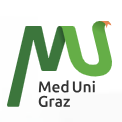
Medical University of Graz
-

University of Linz
-

Medical University of Vienna
-
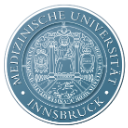
Innsbruck Medical University
-
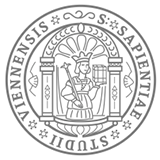
University of Vienna
-

University of Leoben
-

St. Pölten University of Applied Sciences
-

Vienna University of Technology
-
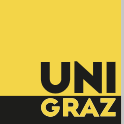
University of Graz
-

Mesoamerican University
-

Istmo University
-

Mariano Galvez University of Guatemala
-

Regional University of Guatemala
-

Galileo University
-

Francisco Marroquín University
-

Rafael Landívar University
-

University of the Valley of Guatemala
-

University of San Carlos of Guatemala
-

Technological Institute of Tlaxcala Plateau
-

Golfo University
-

Technological University of South Sonora
-

Technological University of Huejotzingo
-

Tizimín Institute of Technology
-

Chilpancingo Institute of Technology

